When learning another language, full immersion is the absolute best way to do so, if that’s an option. Depending on your age it certainly can be more confusing, but the results will happen quicker, once your brain stops trying to fight the process. This is where children’s books in a second language can be a very important learning tool. El Dia Del Agua is an illustrated book that exemplifies that fact. It’s 100% in Spanish and provides Spanish language learners the opportunity to practice their pronunciation, inferential clues, and grammar.
El Dia Del Agua is also an illustrated book in the same way that illustrated books are in English or other languages. The difference, aside from the fact that there isn’t any English in the book whatsoever is that it will show students a completely different side of living. Those with a base level of Spanish will be able to determine that the book is about the day of water, but what does that really mean?
The book takes place in a small town where there isn’t enough water. There’s such a dearth of water that the town depends on a horse-drawn carriage to shore up the needed amount for bathing, drinking and doing the dishes. What? A town that sometimes runs out of water? I didn’t know such places existed is what some of your students might say. Suddenly, their trivial requests of the most current iPhone version or lack of Fornite time is moot and they’re more appreciative of what they have. While that probably isn’t what kids will think when they read El Dia Del Agua, it’s hopeful to think that they might be more appreciative of the little things that they take for granted.
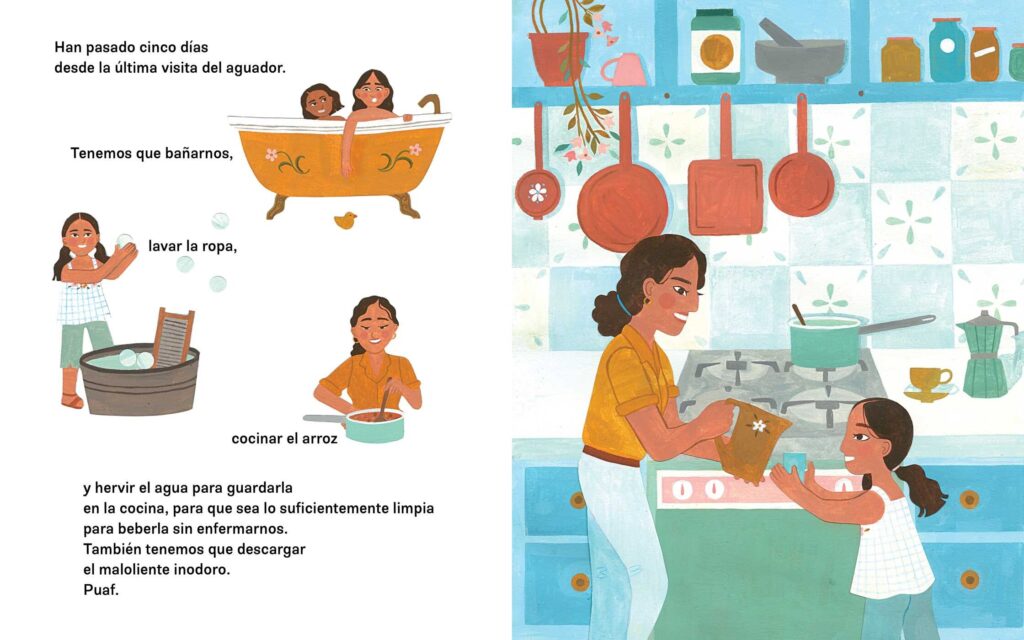
When the water man pulls up into town on his horse-drawn carriage young Spanish learners will read and see how the water impacts everyone in town. The barren city square bustles with life when the water buggy arrives and the respective families then cart their water back home. The young girl chats with her grandmother on the roof; dad is able to do laundry and life as they know it can get back to normal.
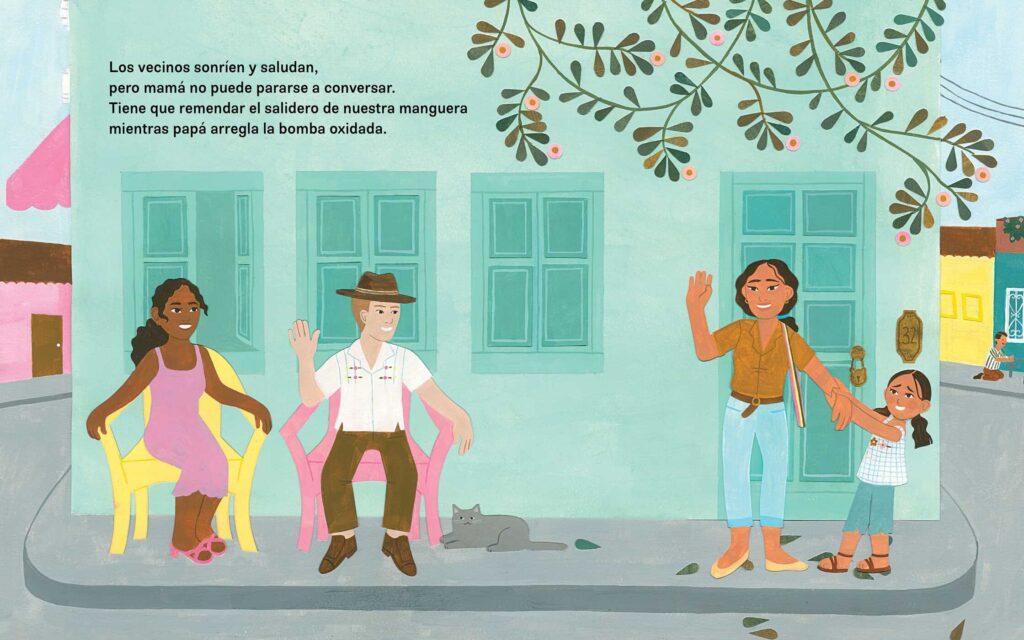
Learning another language via total immersion is not an option for everyone. Assuming that you don’t live with someone fluent in another language, that is the best option to become fluent in a second or third language. If aspects of the lesson, or daily life for that matter, are in your native tongue then you will always revert to that word or phrase if it’s being taught to you. For example if I’m talking to my students and I say “Donde estan la basura?”, in trying to make them more conversational with basic questions. Those students don’t know that ‘basura’ is ‘trash’ in Spanish. I pause the lesson, and in English tell them that basura means trash in Spanish, just so they understand that I’m looking for the garbage.
However, by now they’ll repeat trash=basura, garbage=basura a couple of times in their heads and be thinking entirely too much in their native tongue. Young second language students who are doing so in a school that’s being conducted in their native tongue, will always revert to the easiest, and least effective manner of learning possible. In this case that means not thinking in the language that they’re learning. It happens just for a moment to associate the new vocabulary word with its known mother tongue definition, but in the process momentarily stops all learning.
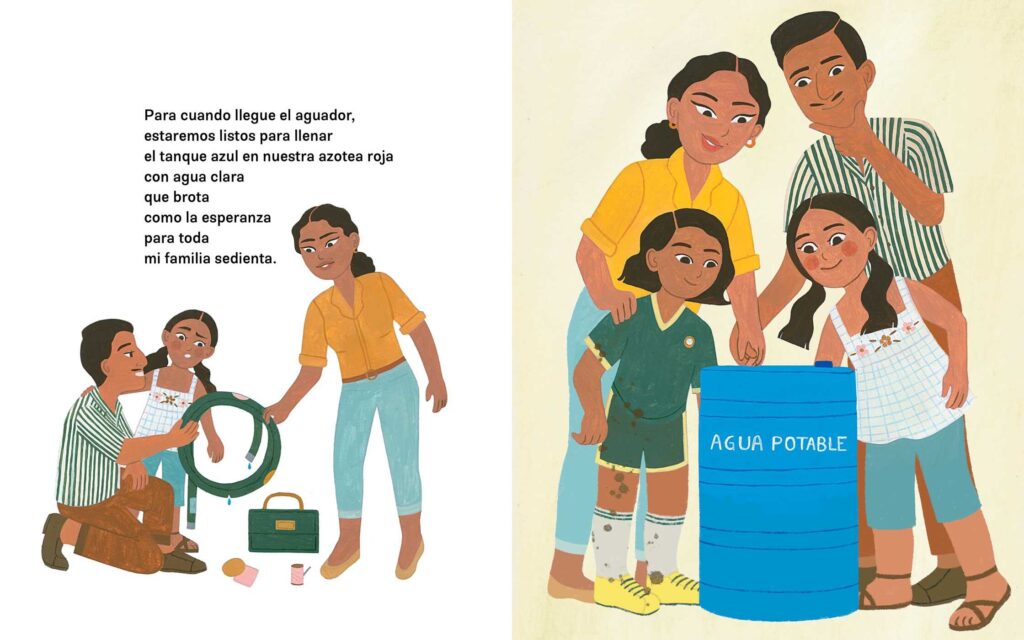
By having a book that’s completely in the language being learned they’ll see conjugation in new sentences. They’ll take a moment to look at those words and drive home the subtle differences. Libre is free, libro is book, dolor is pain in Spanish, and if you’re trying to say $1, then add an accent mark over the first o. These are the tricky things that young learners will get frustrated with, but can easily be overcome simply by reading children’s books.
It’s not that second language learners are lazy, it’s just human nature. If you’re an elementary or middle school Spanish language learner you need a series of illustrated books in your classroom. The process of not having any English words in the book at all will allow your brain to really stretch, grow and see how the words that you’re learning actually live in the real world. Once this book is in your classroom I fully recommend reading it aloud. Students who are learning a second language feel odd when they speak it.
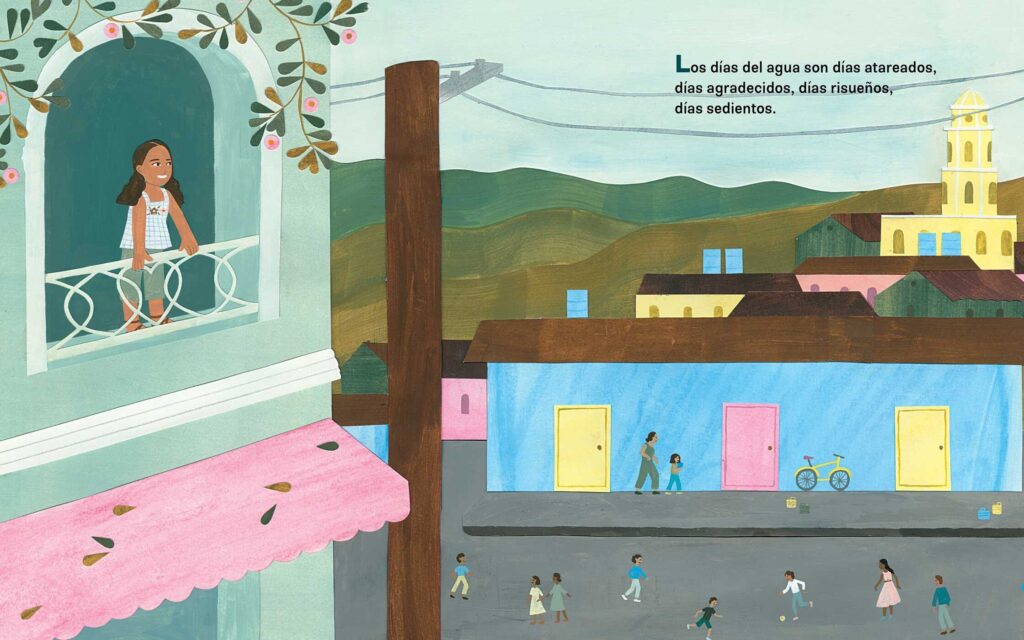
They’ll think that they sound funny, have an accent or don’t want to embarrass themselves in front of their friends or the teacher. Spoiler alert: everyone has an accent. The sooner you start speaking in that second language, the sooner you’ll master it and being able to speak at least one additional language can be the key to opening up any employment opportunity that you want. Granted, it can also make you smarter, give you access to much more culture, diverse foods and a wider pool of friends, but if you boil it down to money it can get student’s attention much quicker.
El Dia Del Agua is by Margarita Engle with illustrations by Olivia Sua, translated by Alexis Romay and is available on Atheneum Books for Young Readers, an imprint of Simon & Schuster.
There are affiliate links in this post.

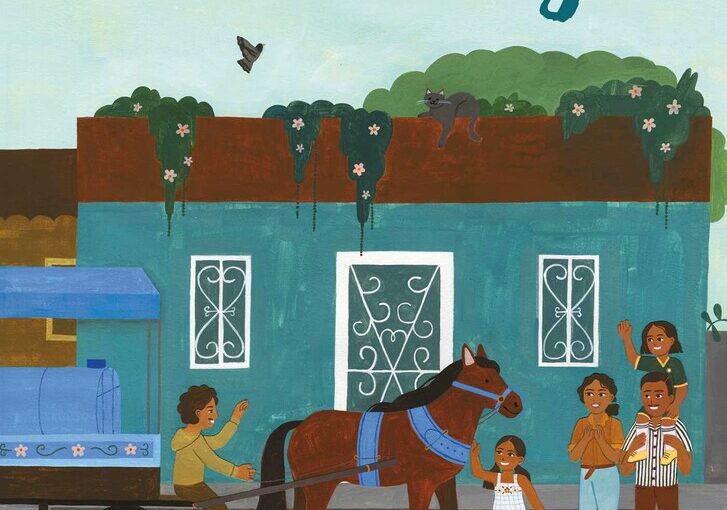
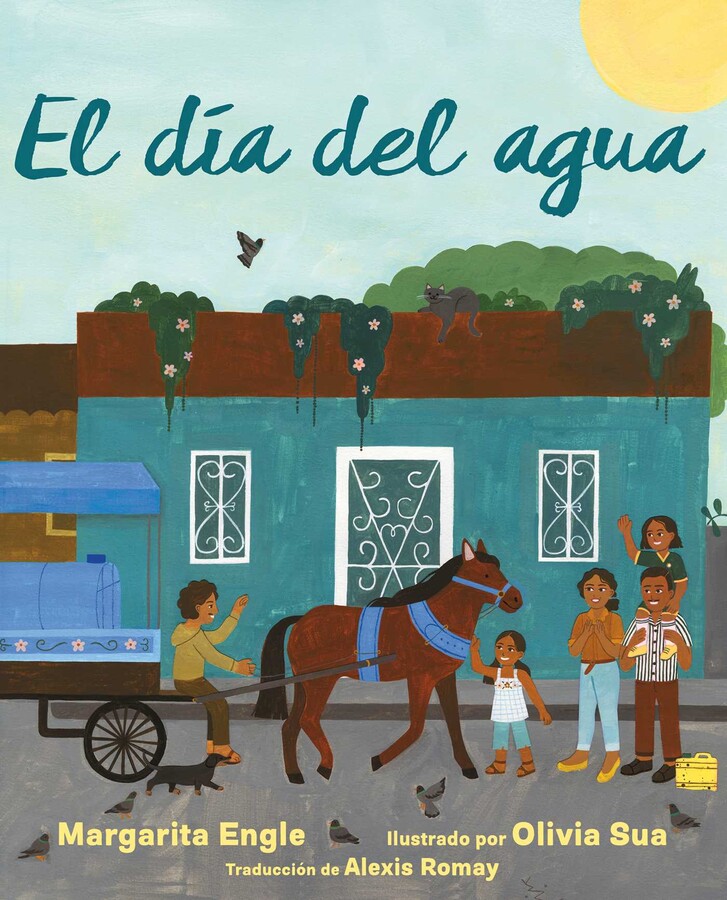



 Facebook
Facebook Twitter
Twitter Flickr
Flickr GooglePlus
GooglePlus Youtube
Youtube